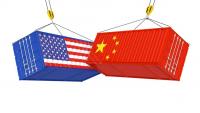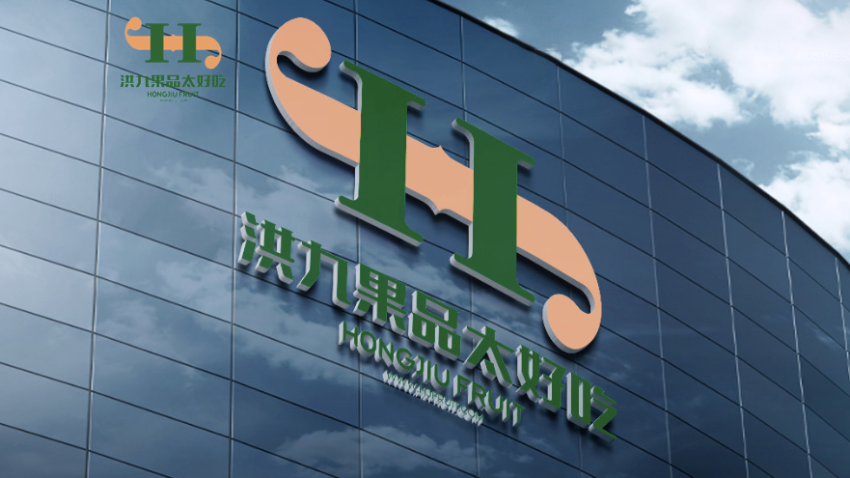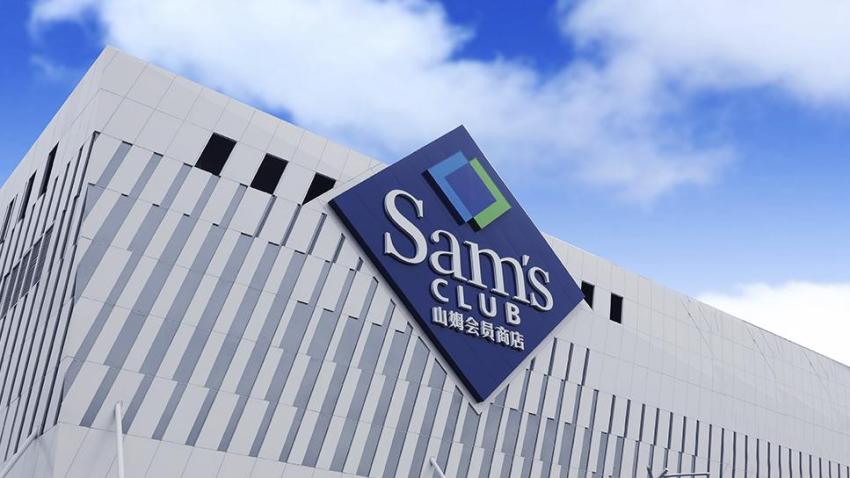You are here
Back to topU.S., China Increase Tariffs as Trade War Escalates

Image Source: Knowledge@Wharton
On May 10, the United States raised tariffs on $200 billion worth of Chinese imports from 10% to 25%, representing a deepening of the on-going trade war between the two countries. This followed President Donald Trump’s surprise announcement on May 5 via Twitter that the U.S. would be increasing tariffs as a result of “slow progress” and “attempts to renegotiate” by the Chinese in on-going trade discussions between the two nations.
In this latest round of tariffs, many fruit and vegetable products exported to the United States will be affected. The tariff rate on more than 200 fruits and vegetables under HS codes 07, 08 and 20 has been raised from 10% to 25%, which include: pineapples, guavas, oranges, grapes, apples, peaches, nectarines, strawberries, raspberries, persimmons, blackberries, mulberries, bananas, blueberries, papayas, mangoes, apricots, figs, melons, coconuts, garlic, onions, cauliflower, leeks, cabbages, radishes, cucumbers, celery, beans, mushrooms, okra, potatoes, corn, peas, water chestnuts, nuts (almonds, cashews, chestnut), jujubes, canned fruits and vegetables, and fruit and vegetable juices. As the added value of fruit and vegetable exports is low, this 25% tariff will have a greater impact on and cause difficulties for products such as concentrated fruit juice, garlic, shiitake mushrooms, green onions, canned mushrooms, dehydrated vegetables, and other similar products with large export volumes.
China responded on May 13 by raising tariffs on $60 billion in American goods. These goods were divided into tariff groups and subject to either an additional 5%, 10%, 20% or 25% tariff increase. For fruit and vegetable products, this corresponds to an additional tariff of between 10% and 25%. This is in addition to the first batch of tax increases announced on July 6 last year – fruit and vegetable products exported to China now face total additional tariff rates ranging from 10% to 40%:
• Additional 10% tariff increase: frozen assorted vegetables, other frozen cowpeas and string beans, frozen unlisted vegetables, tomato juice, and cranberry juice.
• Additional 20% tariff increase: frozen strawberries, canned cherries made without vinegar, and strawberries made without vinegar.
• Additional 25% tariff increase: frozen peas, other frozen legumes, frozen spinach, frozen berries, other frozen fruits and nuts, fine powder, coarse powder and powder of fruits and nuts, peels of citrus fruits or melons, various canned fruits and vegetables, and fruit and vegetable juices.
• Additional 40% tariff increase: vast majority of edible nuts and fruits in category 08 of the customs code not already listed, such as apples, cherries, oranges, plums, unshelled walnuts, shelled pistachios, almonds, and shelled hazelnuts.
There is roughly a three-week window before these new tariffs kick-in: U.S. tariffs will only start to apply to Chinese products shipped to the United States as of May 10 and the new Chinese tariffs on American goods are not set to begin until June 1. Although this gives time to both sides to work out a compromise to avoid further escalation, two days of negotiations ended abruptly on May 10 without any agreement in sight. Raising the stakes even further, the United States is exploring imposing a 25% tariff on the remaining roughly $325 billion in Chinese exports to the U.S., which is certain to affect Chinese agricultural exports to the U.S., including the fruits and vegetables products listed above.
President Trump also stated that his administration is planning to dole out $15 billion in aid to American farmers following this latest round of increased tariffs on American agricultural products in China. This follows the $12 billion promised to American farmers in 2018 to help offset the decrease in foreign demand for American certain agricultural crops as a result of the tariffs, namely decreased Chinese demand for U.S. soy and pork.
A face-to-face meeting between President Trump and Chinese President Xi Jinping at the G20 Summit in Japan in late June may provide the venue to deescalate the current trade conflict, but with President Trump himself stating that he “loves the position [the U.S.] is in,” there seems to be little hope for a swift and amicable resolution to this latest intensification in the on-going U.S.-China trade war.

Image Source: Knowledge@Wharton













